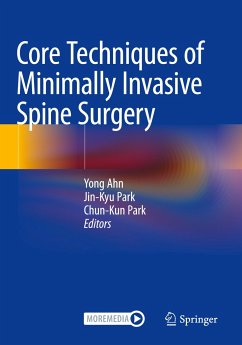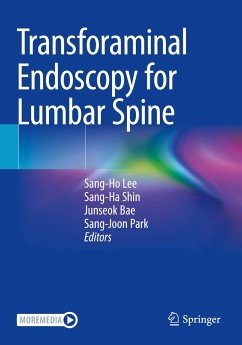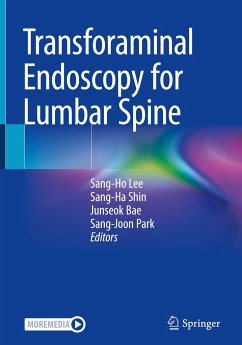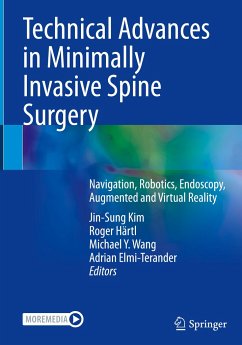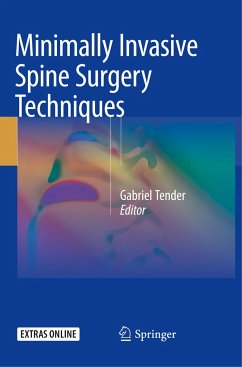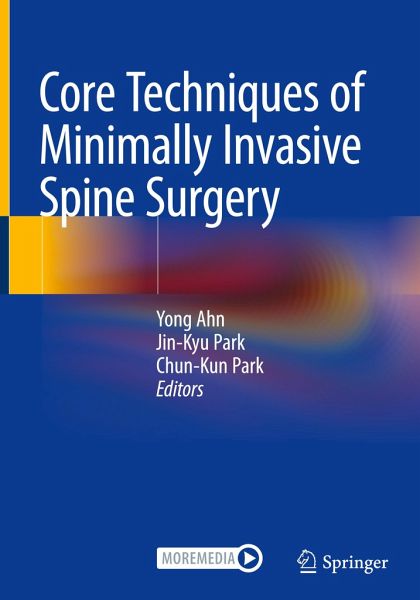
Core Techniques of Minimally Invasive Spine Surgery

PAYBACK Punkte
82 °P sammeln!
This book issues all aspects of minimally invasive spine surgery. From interventional techniques such as nerve block to multilevel fusion surgery, the field of minimally invasive surgery is organized by chapter from basics to the end. Each chapter will include various figures and tables, and videos will be added in the surgery-related parts.A special focus will be placed on spinal endoscopic surgery, which has undergone rapid development in recent years. Both full-endoscopic spine surgery and uni-portal bilateral endoscopic will be dealt. Various surgical approaches and procedures will be pres...
This book issues all aspects of minimally invasive spine surgery. From interventional techniques such as nerve block to multilevel fusion surgery, the field of minimally invasive surgery is organized by chapter from basics to the end. Each chapter will include various figures and tables, and videos will be added in the surgery-related parts.
A special focus will be placed on spinal endoscopic surgery, which has undergone rapid development in recent years. Both full-endoscopic spine surgery and uni-portal bilateral endoscopic will be dealt. Various surgical approaches and procedures will be presented for disc-herniated disease and stenotic legion from cervical to lumbar. The new technology solution such as navigation-guided spine surgery and robot surgery and artificial and augmented reality will be introduced.
A special focus will be placed on spinal endoscopic surgery, which has undergone rapid development in recent years. Both full-endoscopic spine surgery and uni-portal bilateral endoscopic will be dealt. Various surgical approaches and procedures will be presented for disc-herniated disease and stenotic legion from cervical to lumbar. The new technology solution such as navigation-guided spine surgery and robot surgery and artificial and augmented reality will be introduced.



